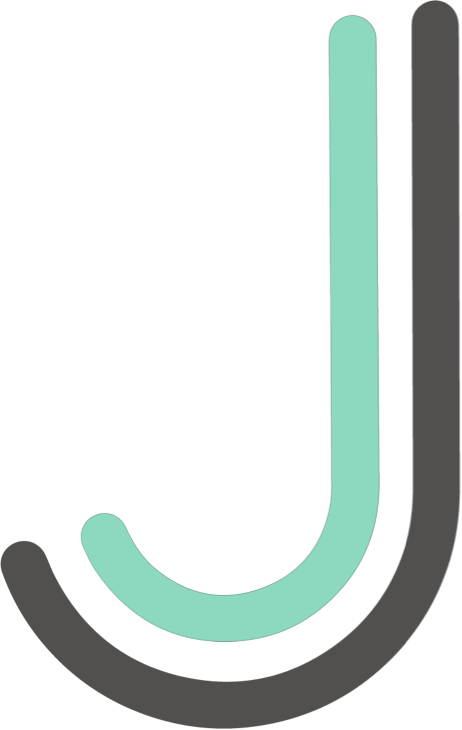Business.BT.com
Product Offerings
Business.BT.com provides broadband and phone line solutions across the UK, serving businesses of all sizes and the public sector. With the transition from copper cabling to digital, BT Group sought to simplify its product selection process. As a Product Designer in the "Learn" squad, my focus was on improving user navigation, making it easier for customers to explore, compare, and begin their purchase of BT's diverse offerings.
CLIENT
BT Group
ROLE
User Research, User Testing, UX/UI Design
DATE
September 2020
Understand
Initial user testing highlighted significant barriers in the product selection process; customers struggled to compare products and were overwhelmed by the extensive array of options, compounded by complex terminology. In collaboration with a researcher, we conducted a live user testing event and engaged with call centre staff to pinpoint user pain points.
This qualitative research laid the groundwork for our design conceptualisation, steering us toward a solution that prioritised simplicity, clarity, and relevance in product presentation.
Before
After
Explore
User testing highlighted significant challenges in product comparison and customization to individual needs, with the abundance of over 100 products often leading to confusion due to their sheer number and the use of complex terminology. Collaborating with a researcher, we organized a live user testing session observed through a one-way mirror, involving 12 participants.
Additionally, we interviewed call center staff to gain deeper insights into user frustrations and needs. These qualitative findings laid the groundwork for our initial concept development, providing a clear direction for addressing user difficulties in navigating BT's extensive product lineup.
Validate
Through user testing with low-fidelity prototypes, we evaluated our initial hypotheses and refined our approach based on feedback. Users expressed a preference for fewer options, simpler language, and clear information on price, speed, and reliability. This led us to a streamlined concept: instead of displaying BT's full product range, users would see only 3 to 4 choices tailored to the capabilities of their location.
This strategy, strongly supported by user insights, aimed at simplifying decision-making. The next step involved persuading stakeholders, some of whom were initially skeptical, of the value and effectiveness of this user-centered design approach.
Create
I played a pivotal role in the collaborative effort to develop a new design system. The product tiles, my primary focus, were designed to be complex yet highly reusable and scalable, accommodating a variety of states such as pre or post address verification, technology type, promotional statuses, and varying screen resolutions. My objective was to craft product tiles that seamlessly integrated across all device breakpoints, effectively presenting diverse product specifics. The design required a balance between flexibility in width, to ensure scalability, and uniformity in height, to facilitate easy comparison.
Despite user feedback suggesting the adoption of shorter product names for clarity, stakeholder preferences led to the retention of the original, longer naming conventions. In my capacity as the sole designer of these tiles, I navigated these challenges, ensuring the design allowed for height adjustments to accommodate the most extensive product names, thereby maintaining the functional integrity and visual harmony within the collaboratively developed design system.
Delivery
The redesigned interface significantly impacted Business.BT.com, with conversion rates surging by 6.2% and calls to sales support dropping by 15.2% in just the first three months after launch. As we neared the final stages of development, with 90% of the build complete, senior stakeholders introduced a new requirement to incorporate an optional SIM card feature into our product bundles. Tasked with integrating this feature, I revisited the product tiles, employing a series of sketches and rapid prototypes to explore potential solutions.
Although the preferred solution resulted in a slight increase in the product tiles' height to accommodate the SIM card feature, it did not disrupt the overall product comparison and alignment. This ability to maintain consistency in user experience, regardless of the SIM card option, affirmed the value of the design adjustments.









